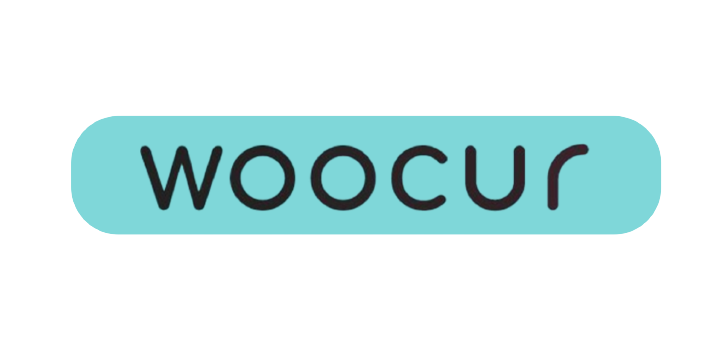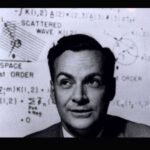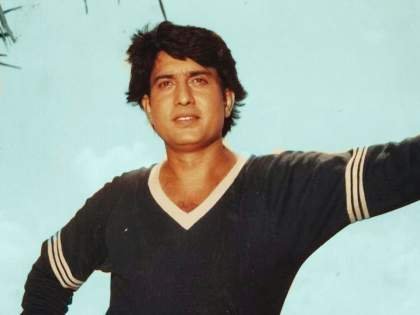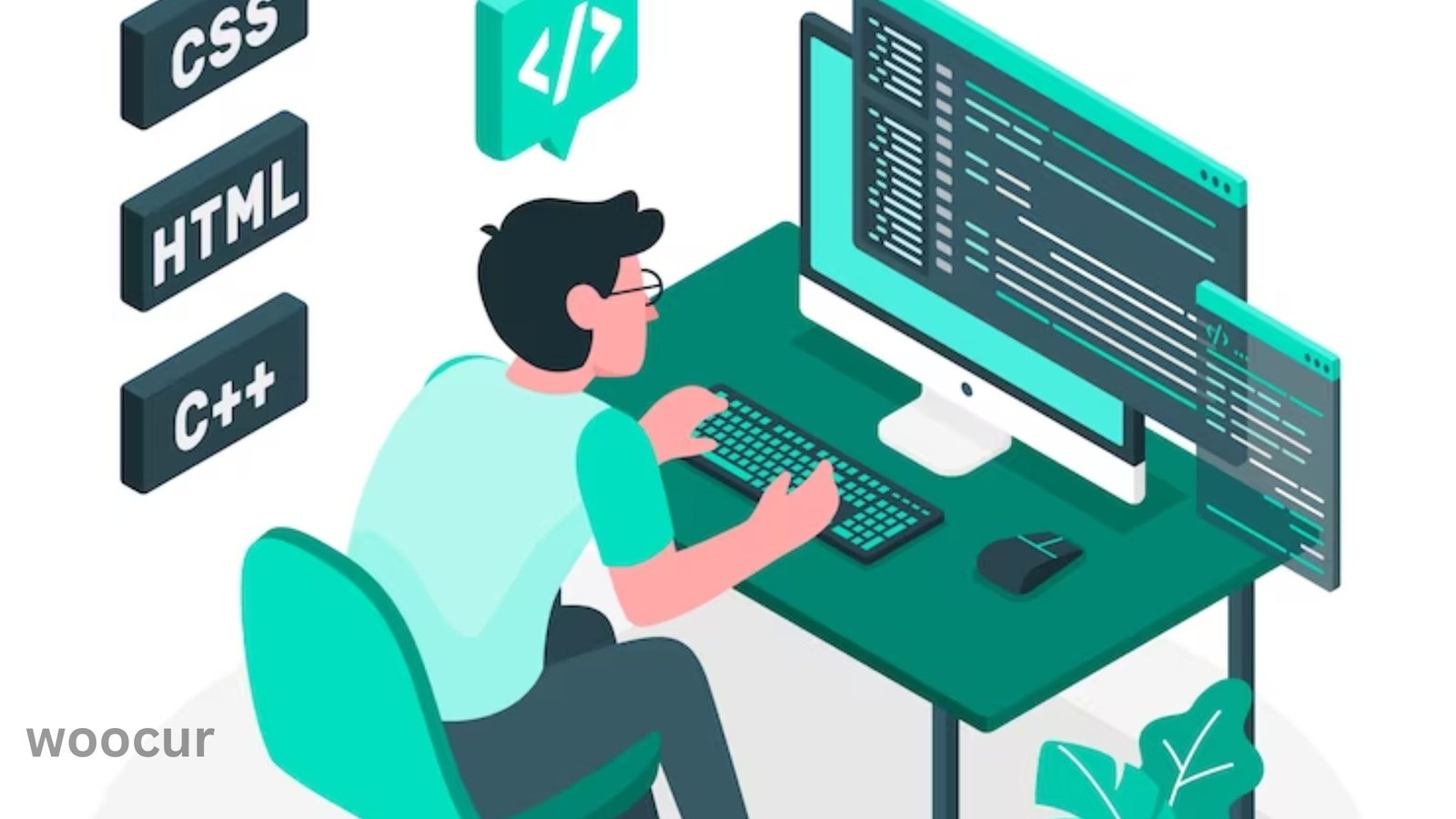“It all started with a mouse.” — Walt Disney
Introduction: Why Disney Means More Than Just Cartoons
For many of us, Disney isn’t just a brand. It’s a feeling.
It’s the thrill of watching Simba take his place as king. The magic in Aladdin’s flying carpet ride. The joy of your first Mickey-shaped waffle at Disneyland. Disney has a way of embedding itself in the heart of your childhood — and staying there.

But how did a single cartoon character spark an entertainment revolution that now spans theme parks, film franchises, cruise lines, and even space-bound storytelling? Let’s look deeper at the history, present, and future of The Walt Disney Company, the world’s most powerful dream factory.
Chapter 1: The Humble Beginnings (1923–1940) – A Dream and a Drawing Board
The story of Disney begins not with a kingdom, but with a broken contract. In 1923, Walt Disney, a struggling animator from Kansas City, moved to Hollywood with little more than ambition and his brother Roy Disney. They started a modest venture called the Disney Brothers Cartoon Studio. It wasn’t glamorous. Their first major hit was a quirky live-action/animated series called “Alice Comedies”.

But trouble came early. In 1928, Disney lost the rights to his first big character, Oswald the Lucky Rabbit, due to a contract loophole. Most would have given up. Walt didn’t. Instead, he sketched a mouse on a train ride home. That mouse, later named Mickey, would change everything.
Steamboat Willie and the Birth of Mickey
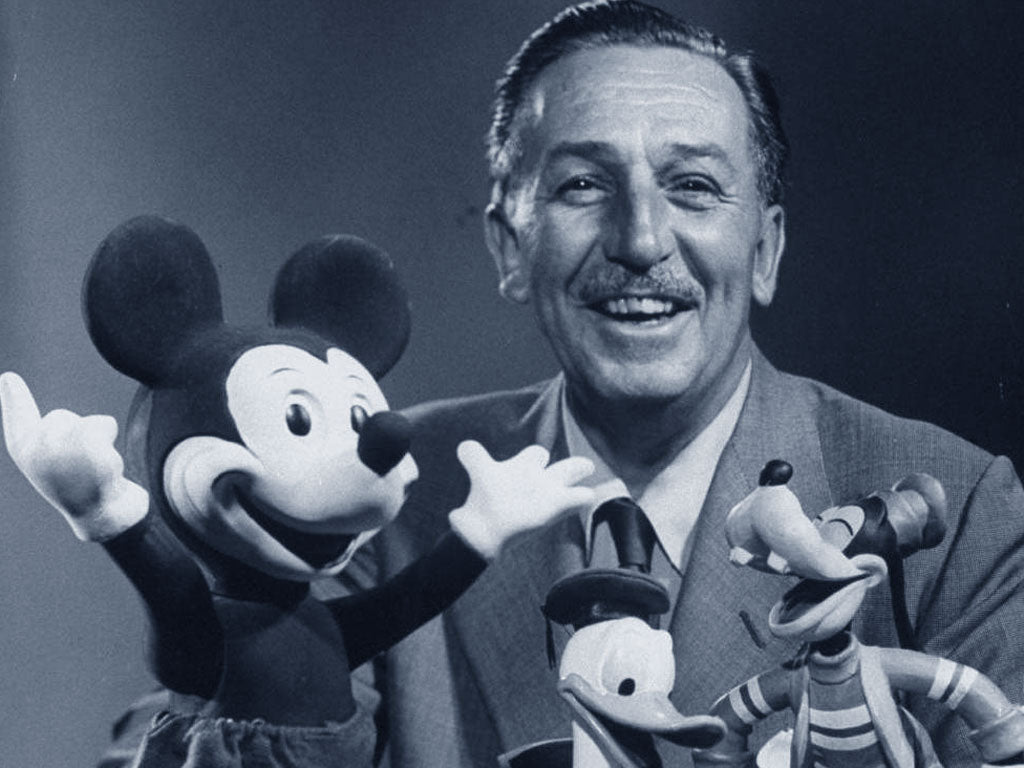
When “Steamboat Willie” premiered in 1928, it wasn’t just another cartoon. It was the first animation synchronized with sound. Audiences were stunned. With his big ears and bigger personality, Mickey Mouse became a cultural icon overnight. Disney wasn’t just animating stories anymore. He was innovating how stories were told.
Chapter 2: Building the Magic (1940s–1960s) – From Animation to Amusement
The 1940s marked the golden age of animation for Disney. Following Snow White and the Seven Dwarfs (1937) — the world’s first full-length animated film — Walt pushed the boundaries with:
- Pinocchio (1940)
- Fantasia (1940)
- Bambi (1942)
These were no longer just “kids’ cartoons.” They were beautifully orchestrated, emotionally complex films that brought tears, laughter, and life lessons to audiences of all ages.
The Birth of Disneyland (1955)
Walt wasn’t satisfied with stories on the screen. He wanted people to live in his stories. So, in 1955, Disneyland opened in Anaheim, California. This wasn’t just a theme park — it was a whole new category of entertainment. Guests could shake Mickey’s hand, ride through fairy tales, and step into immersive worlds never seen before.
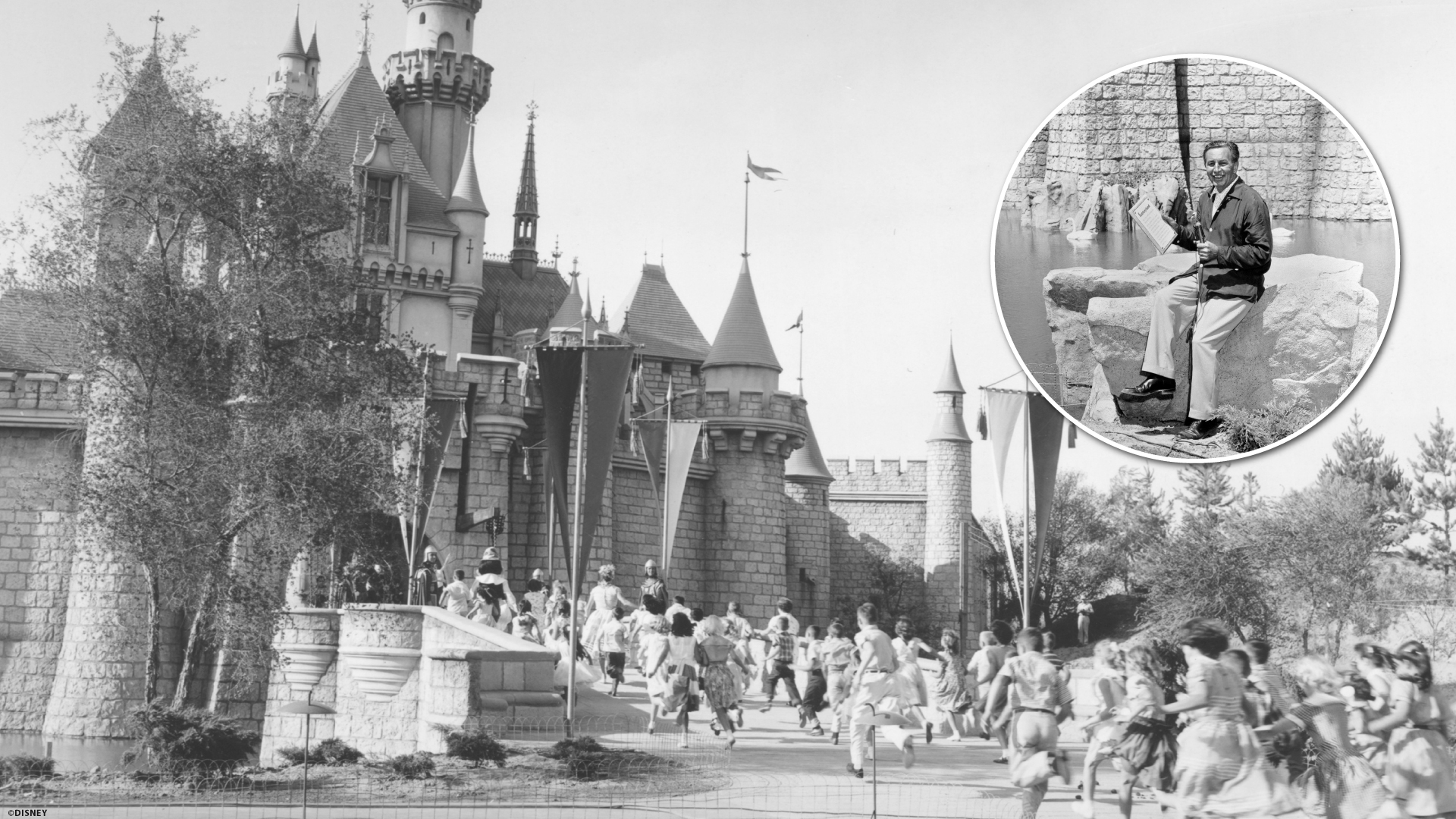
Walt would later say:
“Disneyland will never be completed. It will continue to grow as long as there is imagination left in the world.”
Chapter 3: Trials, Transformation & Takeovers (1966–2000) – The Rise of a Corporate Giant
When Walt passed away in 1966, the world held its breath. Could Disney survive without the man who dreamed it all?
The answer came slowly, but surely. Under CEO Michael Eisner, Disney made a dramatic comeback in the 1980s with what is now called the Disney Renaissance.
The Disney Renaissance (1989–1999)
Disney returned to its roots — powerful storytelling through hand-drawn animation. Blockbusters like:
- The Little Mermaid
- Beauty and the Beast
- The Lion King
- Mulan
These stories weren’t just successes — they defined generations. Families sang along. Kids wore costumes to school. Disney once again became a central part of our cultural conversation.
Chapter 4: The Era of Acquisitions (2006–2019) – If You Can’t Build It, Buy It
As the 2000s rolled in, Disney became more than a studio — it became a media empire. Its acquisition strategy rewrote the playbook for media consolidation.
Major Acquisitions That Reshaped Disney:
- Pixar (2006): Reuniting with Steve Jobs’ animation house brought us Toy Story 3, Up, and Inside Out.
- Marvel (2009): This deal turned Disney into a superhero factory. The Marvel Cinematic Universe (MCU) became the highest-grossing film franchise of all time.
- Lucasfilm (2012): Disney inherited the Star Wars and Indiana Jones legacies and expanded both.
- 21st Century Fox (2019): This massive $71 billion deal gave Disney access to The Simpsons, X-Men, Avatar, and control of Hulu.
Disney wasn’t just about fantasy anymore. It was about dominating every screen, big or small.
Chapter 5: Streaming the Future (2020–Present) – Disney+ and the Digital Era
In 2019, Disney took its biggest leap in decades with the launch of Disney+. Fueled by Marvel, Star Wars, and Disney originals, it became the fastest-growing streaming platform, reaching over 150 million subscribers in just a few years.
What’s on Disney+?
- The Mandalorian brought Star Wars into TV with cinematic quality.
- Marvel’s WandaVision, Loki, and Moon Knight captivated global audiences.
- Films like Encanto and Turning Red proved Disney hadn’t lost its emotional magic.
Pandemic-Proof Pivot
During the COVID-19 pandemic, Disney’s parks and theaters shut down. But Disney+ exploded in popularity, proving that content truly is king, and Disney wears the crown.
Chapter 6: The Future of Disney (2025 and Beyond) – A New Age of Magic
What does the future look like for Disney? If the past is any indication, it will be bold, innovative, and surprisingly emotional.
Emerging Trends:
- AI and Immersive Storytelling: Expect more personalized experiences in parks, interactive shows, and AI-driven animation tools.
- The Metaverse & AR/VR: Disney is developing mixed-reality rides and digital collectibles through partnerships with Apple and Meta.
- Global Expansion: With new parks and regional content, Disney is building stories that resonate across cultures and continents.
- Sustainability & Diversity: Green energy in parks, diverse casts in films, and inclusive characters in kids’ shows.
Disney is no longer just the keeper of fairy tales. It’s the builder of tomorrow’s stories, shaped by technology, driven by emotion, and made for the world.
Final Thoughts: Why We Still Believe in Disney
In a world that’s constantly changing, one thing remains true — we need stories. Stories that make us laugh, cry, believe, and dream.
Disney gives us that. Whether you’re a parent watching Frozen with your kids, a Marvel fan dissecting timelines, or just someone humming “Circle of Life” in the shower, Disney finds a way to connect with every generation.
And if Walt Disney taught us anything, it’s this:
“All our dreams can come true, if we have the courage to pursue them.”
For More Such Blogs, Visit Woocur.
Thank you 🙂
